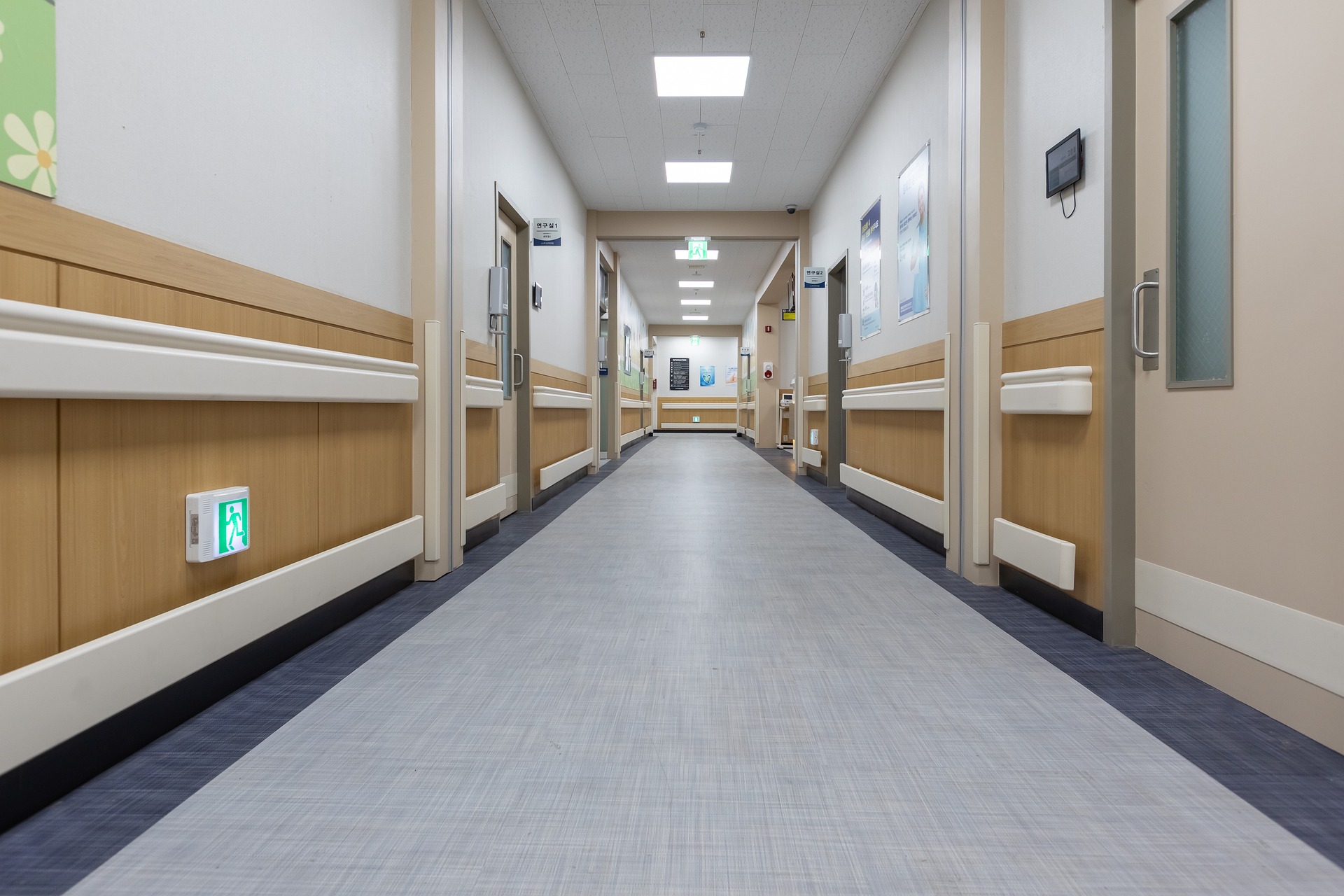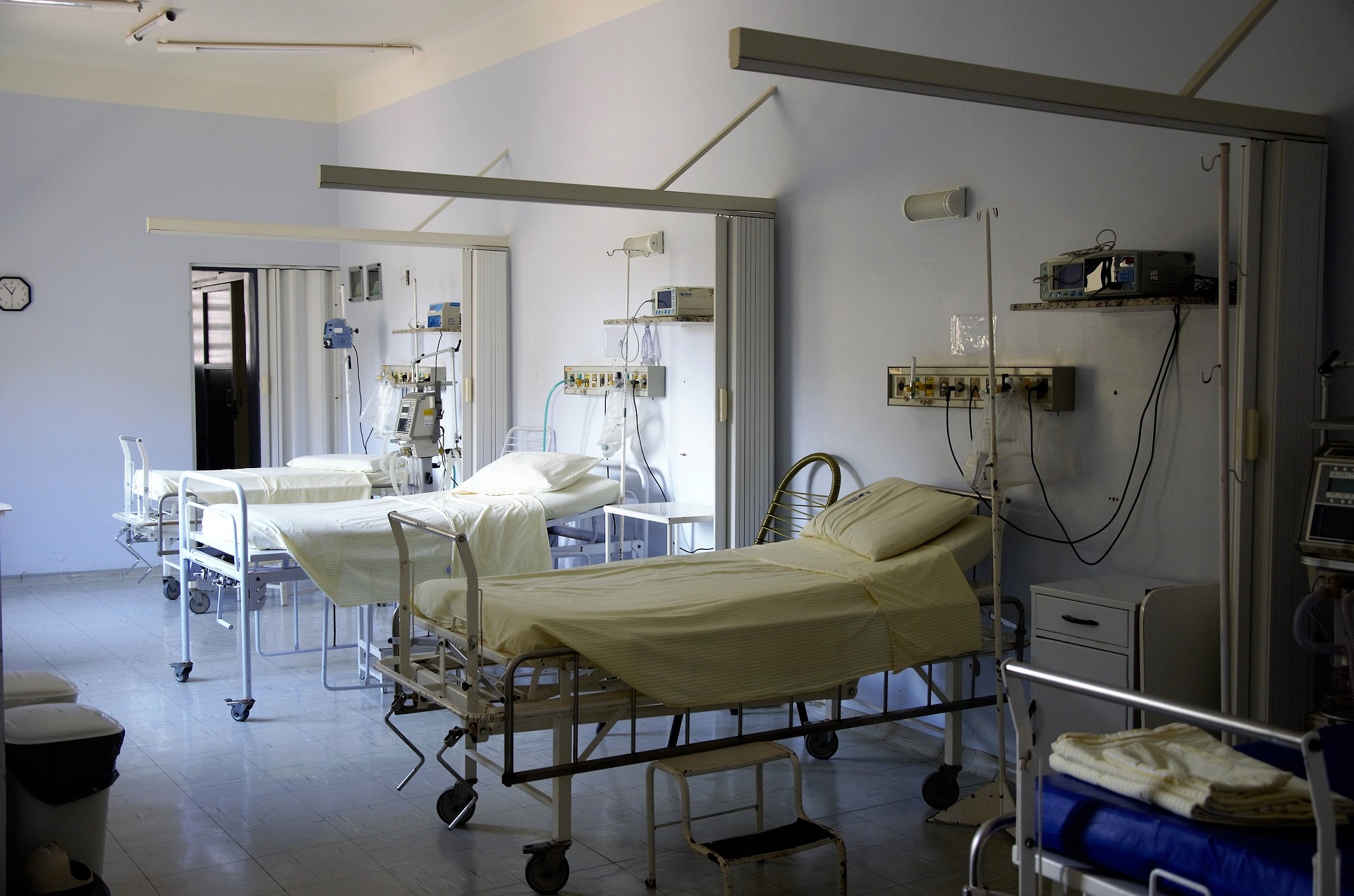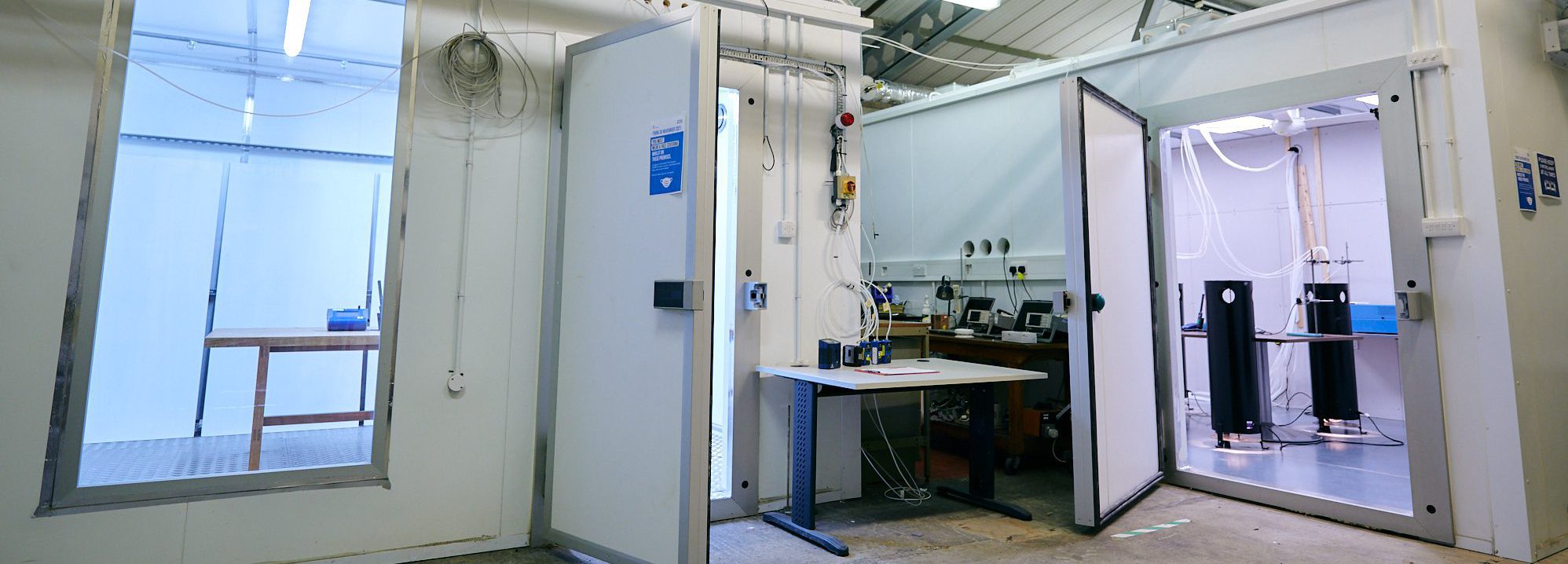Effective hygiene and adequate ventilation are essential for all hospitals and other healthcare settings, as they are tasked with protecting the health of occupants on a daily basis. It is therefore imperative to balance the health and wellbeing of patients, staff and visitors with the economic and sustainability-based factors associated with use of heating, ventilation, and air conditioning (HVAC) and air cleaning systems when designing, equipping, and operating these buildings.
Hospital campuses typically feature several types of building, a vast range of different rooms and spaces (both clinical and nonclinical), and methods of ventilation which will range from natural to fully mechanical, with mixed mode in between.
Many sources of air pollution will be present both inside and outside of healthcare buildings. The extent to which each pollutant will affect occupants will depend on the source strength of the pollutant and its pathway to the occupants. The pathway can be complex and will be highly dependent on the building layout, ventilation system design and operation, opening/closing of doors and windows and other factors. Those most vulnerable to air pollution, i.e. those patients with respiratory and cardiovascular conditions, infants and the elderly, are likely to spend significant periods of time in healthcare settings, making this an area of particular concern.
- TESTING, CERTIFICATION AND VERIFICATION HOME
- DATA AND INSIGHTS
- TRAINING
- RESEARCH & INNOVATION
- STANDARDS
- CASE STUDIES & INSIGHTS
- CONTACT US
For more information
How we can help:
- Reactive investigations where there are reported or perceived problems with indoor air quality (IAQ)/indoor environmental quality (IEQ)
- Proactive assessment/monitoring of IAQ, ventilation and general IEQ within your building
- Targeted post occupancy evaluations (POEs)
- Testing of air cleaners and air quality monitors
- Implementation of BS 40102 Part 1 (Health & Wellbeing in Non- Domestic Buildings – Code of Practice)
- Collaborative research
- Training


Benefits of working with BRE:
Step 1 - Book a call
Book a call with our team today via [email protected].
Step 2 - Discuss your specific requirements:
Discuss your specific requirements: scale of investigation, monitoring or advisory services, timescales, and goals.
Step 3 - Signing technical fee proposal
When the plan is agreed, issue and signing of technical fee proposal.
Step 4 - Programme undertaken
Set up and implement work programme.
Step 5 - Technical report
Technical report sent to the customer with results/findings, with future recommendations as appropriate.
Timescales
Typical timescales will depend on the scope of the work.

Indoor Environmental Quality training
Learn about the background, scope, and features of the Indoor Environmental Quality standard, BS 40102-1. This standard offers guidelines for monitoring and reporting IEQ and well-being in occupied buildings.
Enquire about our services

